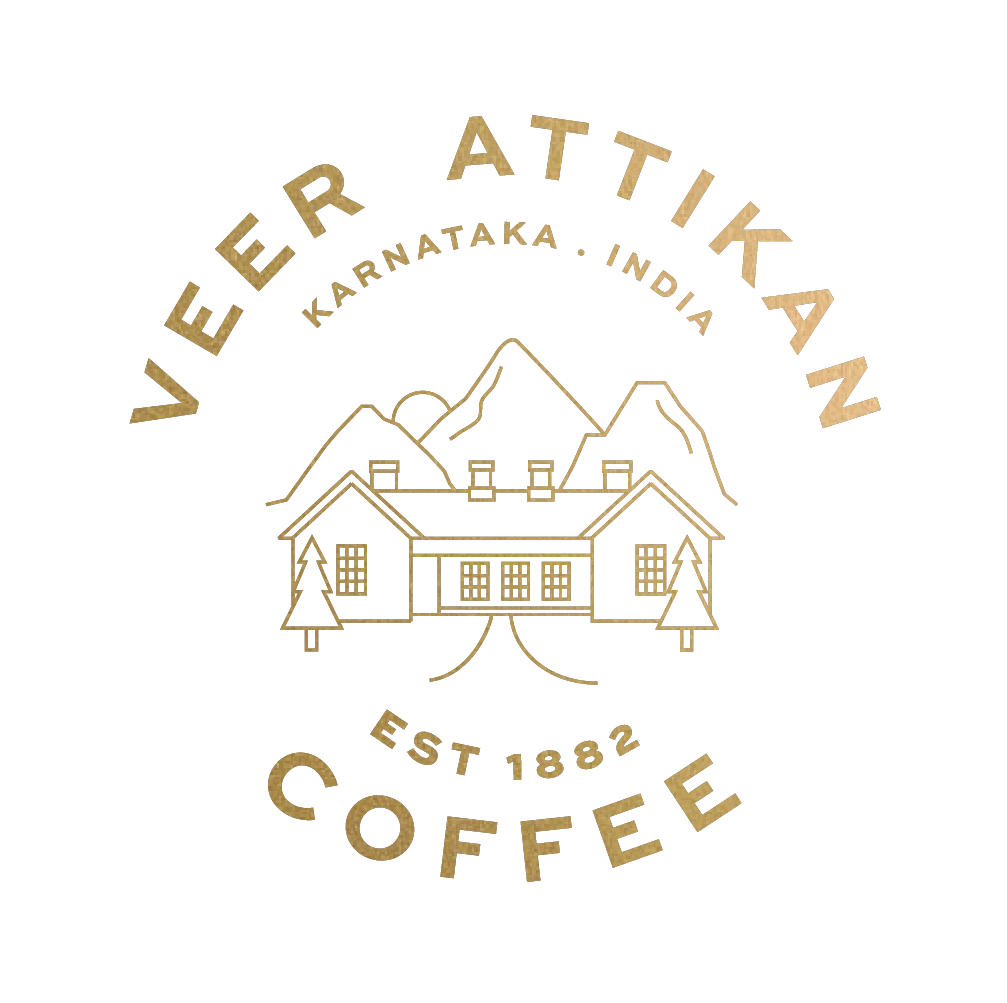Coffee has become an integral part of our daily lives. It is the perfect drink that helps us stay alert and energized throughout the day; however, not all coffee is created equal, and the quality of your coffee depends heavily on the roasting levels.
Roasting coffee is an art, and getting it right can be a game-changer in terms of flavour and aroma. It is a process that involves heating green coffee beans to a desired level of roast to create a distinct aroma, flavour, and colour associated with coffee. It can happen in several ways, from using simple types of equipment like an oven or a stovetop to specialized roasting coffee machines.
Step-by-step roasting guide
1. Selecting Green Coffee Beans
The first step is to select green coffee beans. The quality of the coffee beans affects the taste and aroma of the coffee you produce. Several factors to consider when selecting green coffee beans include the origin of the beans, the altitude at which they were grown, and the variety of the beans.
2. Preparing the Coffee Beans for Roasting
Once you’ve selected your green coffee beans, prepare them for roasting. It involves removing any debris or defective beans and sorting by size and density. The beans are then cleaned and dried before being packaged and stored until they’re ready to be roasted.
3. Choosing a Roasting Method
There are several methods of coffee roasting, each of which produces a unique flavour and aroma profile. Some of the most common roasting methods include:
– Air Roasting: Air roasting uses hot air to roast the coffee beans. It is quick and produces a bright, clean-tasting coffee.
-Drum Roasting: Drum roasting involves heating the beans in a rotating drum. This method produces a rich, full-bodied coffee with a distinct aroma.
-Direct Flame Roasting: Direct flame roasting involves roasting the coffee beans over an open flame. It helps to produce a smoky, robust coffee.
4. Roasting the Coffee Beans
Once you’ve chosen your roasting method, it’s time to start roasting the coffee beans. The goal of roasting is to heat the beans evenly and gradually until they reach the desired stage. The roast levels can be moderated by adjusting the temperature and duration of the roast.
Light Roast:
Light roasts are heated at roughly 350°F and roasted for around 5-7 minutes. It results in a light-bodied coffee with a delicate flavour and fragrance.
Medium roasts are heated to roughly 400°F and roasted for around 8-10 minutes. It produces a medium-bodied coffee with a balanced flavour and aroma.
Dark roasts are heated to 450°F and roasted for 11-13 minutes. It helps to produce a full-bodied coffee with a rich, intense flavour and aroma.
5. Cooling the Coffee Beans
Once the coffee beans have been roasted to the desired level, cool them quickly to prevent over-roasting or burning. Agitating the beans on a cooling tray will help them cool down faster.
6. Storing and Grinding the Coffee Beans
After the coffee beans have cooled, they should be stored in an airtight container to preserve their freshness. Grounding the beans to the appropriate consistency is essential for brewing coffee.
In conclusion,
It is an art form that requires skill, experience, and attention to detail. Choose high-quality green coffee beans, the right roasting method, and carefully control the temperature and duration of the roast. It will help you create a delicious and satisfying cup of coffee that pleases even the most discerning coffee connoisseur.
Explore the world of roasted coffee beans today!






